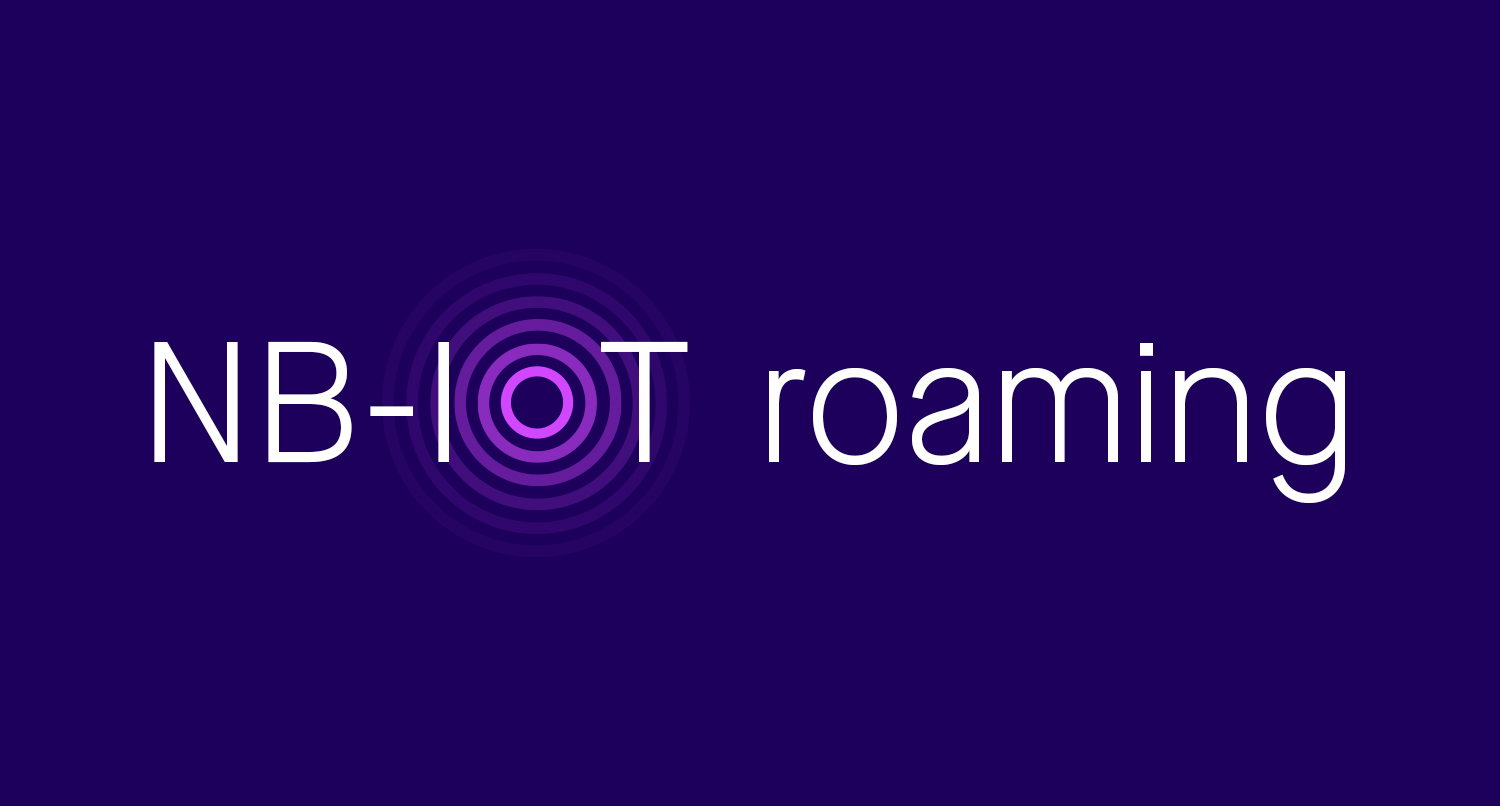The IoT Market Opportunity
The proliferation of the Internet of Things (IoT) devices trend is accelerating, with 119* mobile IoT networks already launched globally, mobile-based IoT connections are expected to reach 3.5 billion by 2025.
With billions of smart connected devices expected to power our homes, cars, offices, factories, and cities, the opportunity for operators to generate new revenue streams from innovative digital services has never been greater. In fact, it is predicted that the IoT Revenue Opportunity will reach $1.1 Trillion by 2025.
Rolling Out the NB-IoT Revolution
With such a tremendous volume of connected devices, wireless networks need to be able to support this massive connectivity. Mobile IoT technology standardizes the Mobile IoT domain. This includes support of low bandwidth mobile communications, higher battery life and more.
While some think that LTE-M will be the preferred enabler, many agree that Narrowband IoT (NB-IoT) is the best option to propel us into the new dawn of an IoT world.
We are therefore seeing more and more leading global telecoms rolling out NB-IoT networks. For example:
· Each of China’s ‘big three’ mobile operators is building NB-IoT networks with strong government support
· In the US, AT&T and Verizon are making huge investments in NB-IoT networks
· Deutsche Telecom has a live NB-IoT network across many European markets as well as in the US.
The Roaming challenge
Along with the opportunity, come quite a few challenges.
As devices embedded with NB-IoT SIMs will continue to be shipped and used globally, they will require roaming. This means that operators will need to be able to identify roaming NB-IoT devices in real-time while optimizing steering to ensure quality of service without impacting margins.
Regular IoT device roaming is pretty much straightforward. It mainly entails connecting the IoT device to the preferred network. However, NB-IoT devices need to be logged-on to the network that supports NB-IoT technology and roaming agreements also need to be in place.
In this case, the mobile operator needs to make sure that the NB-IoT devices are redirected to the supported NB-IoT network and aren’t steered to another network, which may be the preferred one for the roaming consumer segment but doesn’t support this technology.
In order to do this, mobile operators need first to be able to identify NB-IoT traffic. This is no simple task since operators typically don’t have the visibility to do so.
Furthermore, the steering tools available today don’t automatically distinguish between the consumer and the NB-IoT domains.
Gaining Transparency, Taking Action (In Real-time!)
The key to overcoming these challenges is the ability to gain access to and analyze networks in real-time, to be able to uncover critical information such as:
· Whether or not the roaming device is an NB-IoT device
· NB-IoT networks in the area
· Device Location
· The device’s IMEI number
This is exactly what TOMIA is helping global operators do today: turning the NB-IoT roaming challenge into a business opportunity while ensuring NB-IoT connectivity. With our unmatched real-time access to real-time network data, we deliver this much-needed transparency, visibility and steering actions.
We access and analyze data, enabling data-driven decisions in real-time. Moreover, we enable operators to take real-time actions, so they can, for example, steer devices, take a service-specific action if needed, and make service profile changes.
Contact us to learn more. marketing@tomiaglobal.com

